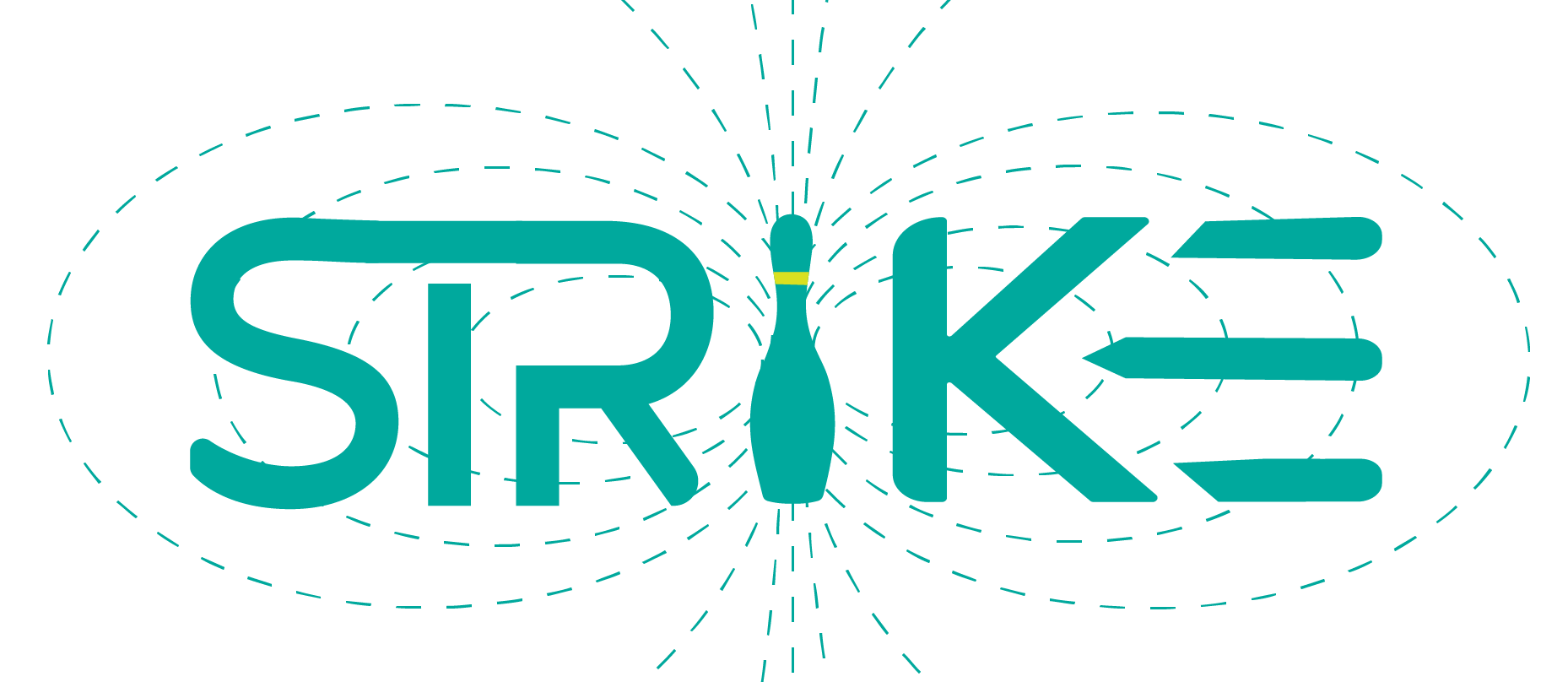Radiolabeling and in vivo evaluation of pharmacokinetics of labeled drugs or drug carriers
The candidate should have preferably a M.Sc. in Chemistry or related topics
STRIKE forges new opportunities to improve safety and efficacy of conventional therapeutics and diagnosis in cancer by generating smart nanotherapeutics based on magnetic nanoparticles. Owing to their revolutionary implications in imaging and drug/gene therapy, the development of nanotherapeutics with multifunctionalities has a considerable potential to fill the lacunae existing in the current medicine. PET imaging studies of radio-labeled variants of MagU will be carried out in STRIKE. Radiolabeling of MagU will be developed by using chelator-based radiometall labeling procedures. Pharmacokinetics of MagU will be evaluated in naïve animals and animal models of OS. using a small animal scanner. On the reconstructed images, radioactivity concentration in tumors and in the organs of interest the effect and efficacy of the magnetic guidance will be evaluated.

Project 8 activity will focus on 1) the development of (radio)labeling procedure for the drugsand/or MagU; 2) the (radio)labeling of molecules conjugated with a chelator for incorporating radiometals 3) the optimization of radioanalytical methods; 4) the animal handling (FELASA B certificate) and theestablishment and study of the University of Nantes disease model by applying different imaging agents and techniques available atMUV such as [18F]FDG PET, [18F]NaF PET, [99mTc]MDP SPECT, etc., μCT and/or μMRI, to provide quantitative data onpharmacokinetics and in vivo distribution.
The project will be mainly carried out at Medizinische Universitaet Wien, MUW, (Austria) under the supervision of Dr. C. Kuntner-Hannes). The PhD degree in “Medical Imaging” (3 years) will be awarded at Medizinische Universitaet Wien, under the supervision of Dr. C. Kuntner-Hannes; Co-Superv. Dr. T. Wanek.
Medizinische Universitaet Wien is one of the longest-established medical education and research facilities in Europe. With almost 8,000 students, it is currently the largest medical training centre in the German-speaking countries. With more than 6,000 employees, 30 departments and two clinical institutes, 13 medical theory centres and numerous highly specialised laboratories, it is one of Europe's leading research establishments in the biomedical sector. The Medizinische Universitaet Wien teaches 740 students of human medicine and dentistry per year. It further offers 2 Doctoral programs with a total of 26 thematic programs, 2 joint PhD programs with local and international partners, 2 master’s programs and 18 certified post-graduate university courses. Imaging is one of the main topics of the Medizinische Universitaet Wien and is one of the Universities 5 research clusters. The Preclinical Imaging Laboratory (PIL), belonging to the Department of Biomedical Imaging and Image-guided Therapy, has over 15 years of experience conducting preclinical hybrid imaging studies. The PIL operates a small-animal imaging facility equipped with a microPET/SPECT/CT scanner, a 1 Tesla MRI scanner, and a 9.4 Tesla MRI scanner with PET-insert. The PIL STRIKE team strongly collaborates with the division of Nuclear Medicine on radiotracer synthesis and development.

Planned secondments:
❖ STEM Innovation (Italy), 1 week: Complementary training meeting on IPR management and soft skill.
❖ Univerzita Palackeho V Olomouci, UP, (Czech Republic), 1 month: to be trained on development of MagU grafted with appropriate ligands for imaging.
❖ CNR (Faenza Italy), 2 months: to learn how to manipulate cell cultures.
❖ NUIM, (Ireland), 1 month: to learn how to design synthetic procedure for chemotheranostics.
❖ Nantes University, UN, (France), 2 months: to participate on the in vivo study of the NanoTher.
For more information concerning the research project please contact:
